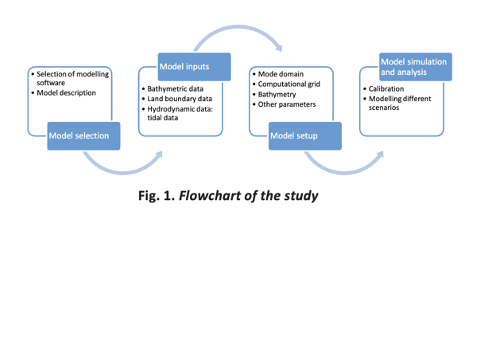Hydrodynamic Modelling of a Sea-Crossing Bridge in Maldives
Keywords:
Gaadhoo Koa atoll pass, sea-crossing bridge, bridge piers, numerical modelling, Delft3D-FLOWAbstract
‘Gaadhoo Koa Channel’ is an atoll pass located in the southern tip of Malé Atoll, Maldives, separating the capital city, Malé, and the main international airport, Hulhulé island. The Gaadhoo Koa channel is known for its strong tidal flow and strong swell waves and is located in a strategic area which includes the main shipping lane for Malé port and also marine traffic lanes connecting both Malé and Hulhulé with nearby islands. Recently, a sea-crossing bridge has been constructed across the channel connecting these two islands. This involved in the construction of 21 bridge piers across the channel which raised concerns on the potential negative impacts on the flow regime in the vicinity of the bridge. This paper presents a numerical modelling study to investigate the hydrodynamic impact of the bridge piers in the Gaadhoo Koa channel using Delft3D-FLOW modelling software. The model results were calibrated against
water level data from Hulhulé station and finally model simulations were run to assess the hydrodynamic impact of the bridge piers. The results indicated that the flows in the close vicinity of the bridge were reduced with the introduction of bridge piers. Also, the magnitude of flow velocity reduced around bridge piers and increased in between bridge piers. Furthermore, the overall velocity distribution in the northern region from the bridge showed a decreasing pattern while the southern region showed an increasing pattern: peak velocity in the northern region decreased by 7.3 % at about 500 m from bridge whereas peak velocity in the southern region raised by 33% at also about 500 m from bridge. Based on these findings, it can be considered that the introduction of bridge piers can have a considerable impact on the hydrodynamic conditions of Gaadhoo Koa atoll pass.
Downloads



















